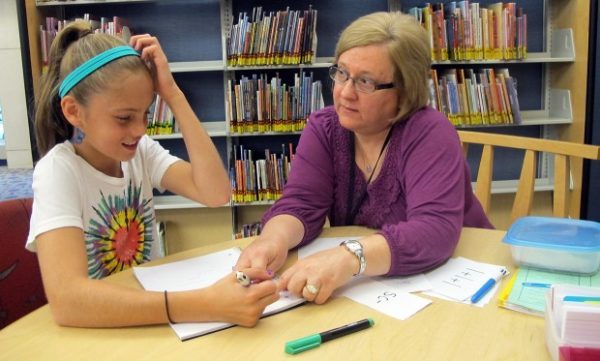Traditional school systems have presented many challenges for students with dyslexia. The primary reason was that traditional school systems did not offer learning assistance for students with learning disabilities.
Due to the inability to accommodate students with reading disabilities, ADHD, dyslexia, and other learning differences, the difficulties for dyslexic children were transferred to all levels of education. This included high school and college enrollments, which affected students’ self-esteem.
Over the past two decades, awareness has increased about learning disabilities. Students with dyslexia were given the opportunity to attend dyslexia school and receive a better education. This article will discuss dyslexia schools and provide tips on choosing the best one.
What Is A Dyslexia School?
Dyslexia Schools are special education schools that focus on dyslexic students. These institutions are typically private schools with a curriculum designed to meet the specific needs of their students.
Dyslexia schools have smaller classes and one-to-one tuition. Specialized assistance is offered during school hours, and specific tools are integrated into learning experiences. Schools for dyslexia offer a flexible approach to accommodate different learning styles.
Dyslexia schools must provide a safe environment for students. Each student has a learning disability and will not be discriminated against because they have poor writing or reading skills.
It is worth noting, however, that some mainstream schools also offer exceptional inclusive programs for students with dyslexia. Students with dyslexia could find it difficult to maintain an equal relationship with their peers, as mainstream schools may not be optimized for special education.
One of the greatest benefits of dyslexia schools lies in their ability for students to fit in and find common ground. There’s no extra stress because students all have the same circumstances. Learning methods are adjusted to fit their needs.
Specialized schools can help dyslexic students thrive and increase their motivation and self-confidence. These positive effects can only be created by dyslexia schools, which use different learning and motivational techniques.
How Do Dyslexia Schools Help Learners?
To assist students with learning difficulties, dyslexia schools use many strategies. These schools offer not only specialized learning aids but also a unique approach to teaching. The school personalizes plans according to each student, and more importantly, they hire experts who have had specific teacher training.
Dyslexia schools do not rely on writing and reading. Instead, they use multisensory strategies to engage students. These techniques are multisensory and engage many senses at once, including sight, hearing, sight, touch, and movement.
Multisensory learning activities could include word building and sandpaper lettering. This technique isn’t limited to studying language arts. They also help with other subjects.
In terms of learning plans, dyslexic schools can have the advantage they have smaller classes.
The flexibility of the education program allows for more accurate teaching methods. For example, students with difficulties in word recognition will receive the right assistance at their grade level. This is different from the approach used for students with difficulties with spelling.
A critical component of dyslexia schools is trained teachers. Experts in the field are able to recognize individual students’ learning needs and help them choose the right method to assist them.
Tips for Finding the Best Dyslexia School
Looking for the best dyslexia school? Here are some key traits to consider:
- Staff qualifications
- Assistive technology
- Class sizes
- Individualized education programs
- Handouts
Classroom tools

